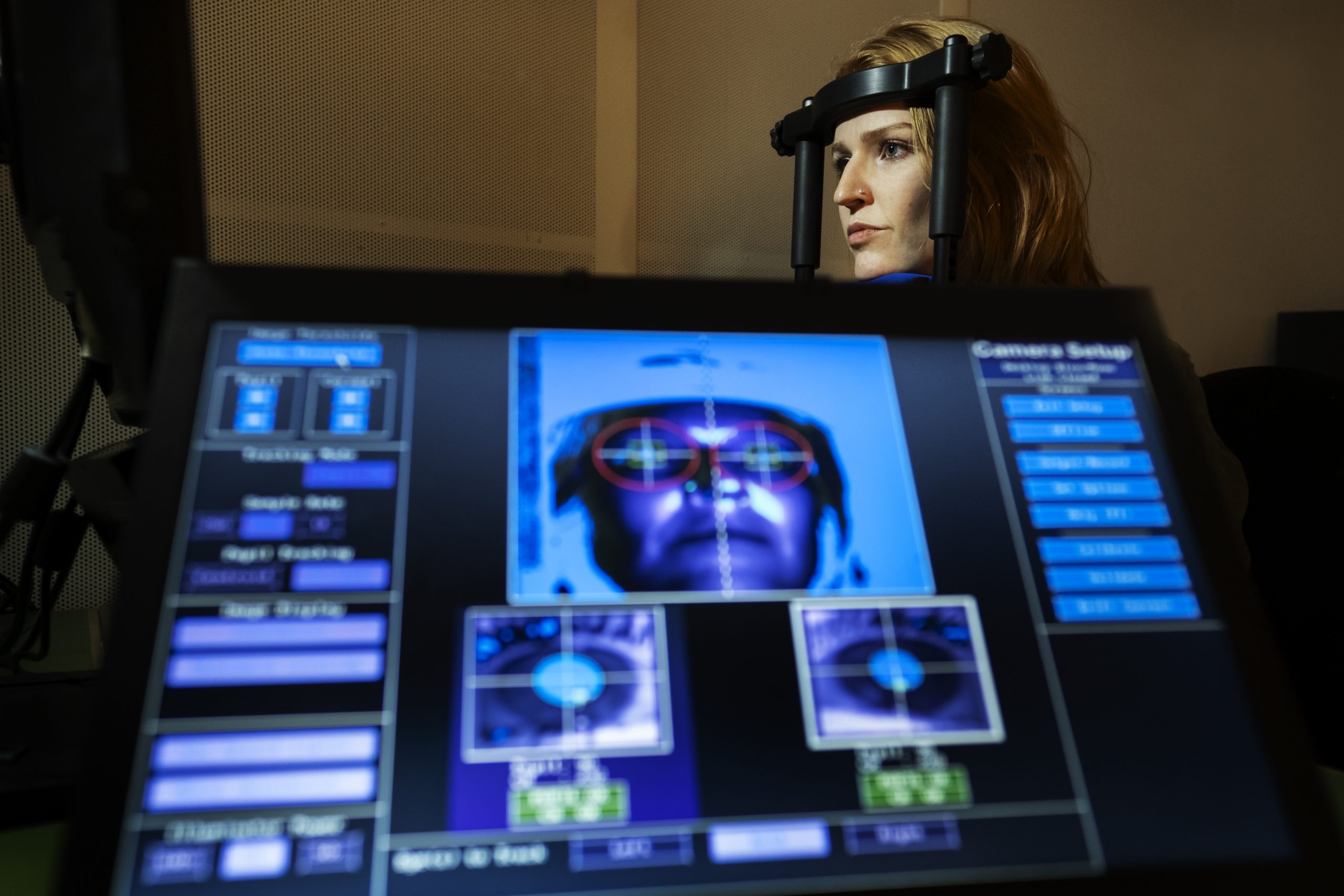Societal Impact of Research
The impact of research may be multifaceted. The word impact has been used as an umbrella term, but the concept can be discussed, and categorised, in many different ways. Impact may be direct, indirect, positive, negative, have social implications, appear in the form of innovation and/or technical transfer, or manifest first and foremost within the relevant academic community. Impact occurs often long after an (research) activity took place, it is often something that other people or organisations gain and not directly something the researcher can “do” himself, but rather he/she/they encourages it through impact activities or lays the path to impact through impact outputs. It is possible to influence the level of impact your research has, but difficult to plan this with any degree of certainty.


Ways to increase the societal impact of research
Publishing as much of the research data and findings as possible in open access
Writing articles, talking to the media, and trying to reach the public through social media.
Increasing student participation in research projects.
Ensuring that the research team and partners reflect diverse groups in society.
Collaborating with other subjects, institutions and industry in a broad sense.
A few definitions and notes
Societal Impact
is anything that affects sustainable development, economic prosperity or the welfare of individuals.
Social responsibility
describes the way a university makes a difference to the social and economic wellbeing of its community. Thereby it includes social inclusion by tackling inequalities and prejudices in society. It further includes better health, cultural engagement, and environmental sustainability. Thereby, the university is for example taking part in public and civic engagement and follows the 17 sustainable development goals set by the United Nations.
Contribution to society
is collaboration between members in society in connection with research and knowledge transfer of academics. Contribution to society is not equal to societal impact but can facilitate and lead to impact in the long run. Public engagement can increase societal impact and researchers can engage with the public in various ways, e.g. through education, media, social media and stakeholder consultation.
Social impact
refers more to human relationships and groups of people than society as a whole. Generally, social impact concerns welfare, discourses and actions and behaviours of groups, concerns well-being and quality of life. Social impact is often wrongly used for societal impact. Social impact is impact that knowledge has on welfare, behaviours, practices and activities of people and groups; well being and quality of life, customs and habits of life (e.g. consumption, family, work, sports, food). Social impacts are changes to people's way of life; how they work, play and interact on a day-to-day basis. Changes to communities; their cohesion, stability, character, services and facilities. Changes to personal and property rights. Changes to people's fears and aspirations; perceptions about them og their communities' safety and aspirations and their children's future. Comparisons with control groups can help to identify these indicators.
Scientific impact
involves publication of research findings, collaboration between researchers, involvement in peer review, development of research methodology and questions, and really anything that enriches the academic community. Indicators can be bibliometric in nature; citations, altmetrics and such. Research outputs as such are however not impact indicators (a published article is not an indicator of impact but how highly cited it is and its influence on other researchers can be).
Technological impact
involves impact on product and process development, which comprises further service innovation, and development and improvement of technical know-how. It is however generally difficult to calculate the return from research and development (R&D) than investments into R&D activities. Impacts can be patents, patent citations, licences, spin-offs, technometric indicators, R&D expenditure and trade data.
Economic impact of research
involves innovation, technical transfer, increasing competitiveness, economic growth, efficiency, and creating employment opportunities. Indicators are among others; economic growth, job creation, profit rates, market share and competitiveness index.
Cultural impact
is impact on distinctive spiritual, material, intellectual and emotional features that characterize a society or social group, including human rights, value systems, traditions and beliefs. Indicators of cultural impact are hard to identify and/or isolate but surveys and focus groups can be helpful in that endeavor.
Political impact
involves political systems that is the extent to which people are able to participate in decisions that affect their lives, the level of democratisation that is taking place, and the resources provided for this purpose. Thereby, knowledge which is produced through research influences policy-makers and policies, interest and attitudes of politicians, administrators and citizens, public action, citizen participation in scientific and technological decisions, national security.
Organisational impact
is the impact on activities of institutions and organisations like planning, organisation of work, administration, or human resources. This can involve e.g. a change in structure or in the nature of work. Indicators can include employee productivity or satisfaction (staff performance), customer satisfaction, effectiveness of work, measures of innovation.
Health impact
is the impact of research on public health and wellbeing (life expectancy, prevention and prevalence of illness) and the health care system (health care costs, health care professionals, medical infrastructure and equipment, products – medication, treatment). Health is thereby a state of complete physical, mental, social and spiritual wellbeing and not merely the absence of disease or infirmity. Some indicators are: reduced mortality and hospital admissions.
Environmental impact
is the impact on managing the environment, management of natural resources, and environmental pollution. It is further impact of research on climate and meteorology (climate surveillance methods, climatic and meteorological forecasting models). Environmental impact is the impact on the quality of the air and water people use; the availability and quality of the food they eat; the level of hazard or risk, dust and noise they are exposed to; the adequacy of sanitation, their physical safety, and their access to and control over resources. Indicators can among others be a reduction in CO2 and pollution.
Symbolic research
can result from research; e.g. a company that gains credibility for conducting R&D, or from being associated with university research and academics. An indicator of this could be increased grant application and award success.
Educational impact
is often described as being similar to scientific impact, but here it is more related to one of the missions of the university. Educational impact involves curricula (training programs), pedagogical tools (educational manuals), qualifications (acquired competence in research), entry into the workforce, and appropriateness between training and work. Indicators can be in learning outcomes, dropout rates etc.
The 17 Goals
of The United Nations
on Sustainable Development
1. No Poverty
2. Zero Hunger
3. Good Health and Wellbeing
4. Quality Education
5. Gender Equality
6. Clean Water and Sanitation
7. Affordable and Clean Energy
8. Decent Work and Economic Growth
9. Industry, Innovation and Infrastructure
10. Reduced Inequalities
11. Sustainable Cities and Communities
12. Responsible Consumption and Production
13. Climate Action
14. Life Below Water
15. Life on Land
16. Peace, Justice and Strong Institutions
17. Partnership for the Goals





